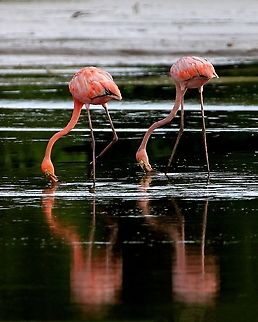
Appearance
Adult American Flamingoes are smaller on average than Greater Flamingoes but are the largest flamingoes in the Americas. They measure from 120 to 145 cm tall. The males weigh an average of 2.8 kg, while females average 2.2 kg.Most of its plumage is pink, giving rise to its earlier name of Rosy Flamingo and differentiating adults from the much paler Greater Flamingo. The wing coverts are red, and the primary and secondary flight feathers are black. The bill is pink and white with a restricted black tip, and the legs are entirely pink. The call is a goose-like honking.
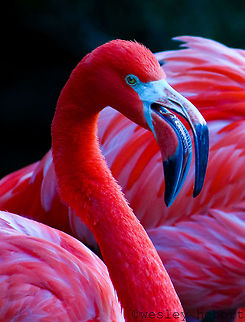
Distribution
The American Flamingo breeds in the Galápagos, coastal Colombia, Venezuela and nearby islands, Hispaniola, Cuba, the Turks and Caicos Islands, and along the northern coast of the Yucatán Peninsula. Most sightings in southern Florida are usually considered to be escapees, although at least one bird banded as a chick in the Yucatán Peninsula has been sighted in Everglades National Park, and others may be wanderers from Cuba. From a distance, untrained eyes can also confuse the Roseate Spoonbill with it.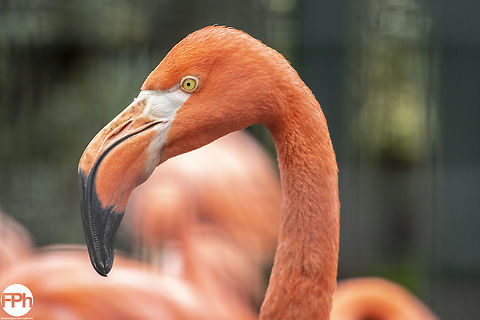
Status
It is one of the species to which the "Agreement on the Conservation of African-Eurasian Migratory Waterbirds" applies.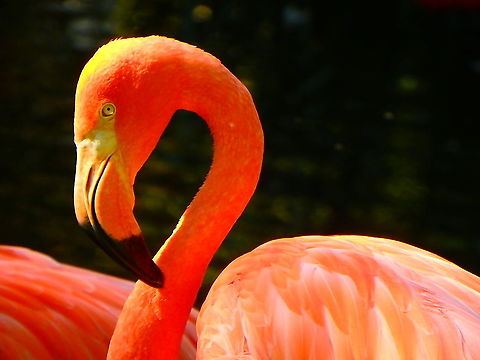
Habitat
Its preferred habitats are similar to that of its relatives: saline lagoons, mudflats, and shallow brackish coastal or inland lakes. An example specific habitat is in the Petenes mangroves ecoregion of the Yucatán.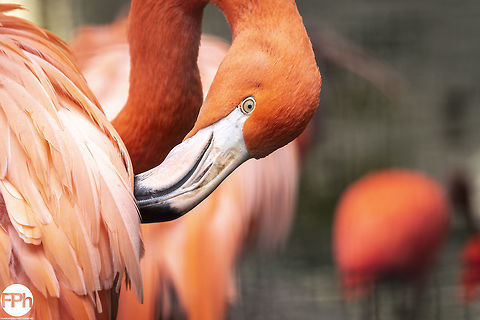
Reproduction
Like all flamingos, it lays a single chalky white egg on a mud mound, between May and August; incubation until hatching takes from 28 to 32 days; both parents brood the young for a period of up to 6 years when they reach sexual maturity. Their life expectancy of 40 years is one of the longest in birds.References:
Some text fragments are auto parsed from Wikipedia.